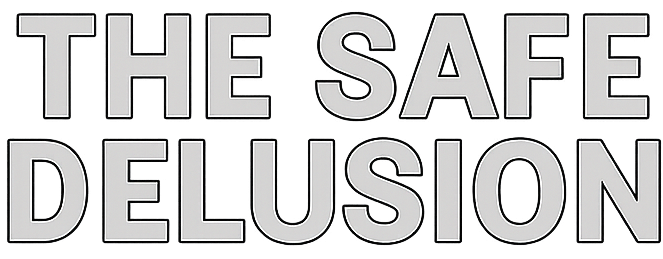SAFe Delusion
Information for decision-makers considering the SAFe framework
Curated review of facts, evidence, and opinions from relevant sources without vested interests, to help decision-makers make informed choices and get better results
SAFe for Decision Makers
Now that Agile passed the early adopter stage, there are many companies interested in adopting it, and many practitioners interested in learning it. Yet those companies and practitioners without extensive Agile experience have a hard time evaluating what will bring them value and what not. The information collected in this document is to help them make an informed decision.
At a Glance
Executive Summary
Individually, no single expert opinion, case study, or practitioner insight provides a definitive conclusion. However, taken together, the evidence points to consistent patterns in SAFe implementations:
- Miss key elements of effective Agile practice, undermining true organisational agility
- Reinforce legacy behaviours and inefficiencies commonly associated with pre-Agile models
- Invest heavily in learning and scaling suboptimal practices, often settling for outdated or second-best approaches
Observed Trends in SAFe Adoption
While SAFe adoption and market presence continue to grow, several countervailing signals are emerging from the Agile community and industry observers:
- Agile professionals, including SAFe-certified individuals, are increasingly declining SAFe-related roles, citing prior negative experiences. This is now reflected in candidate preferences during recruitment.
- Public criticism from experienced Agile practitioners is becoming more frequent, with growing scepticism expressed in professional forums and events.
- Executives and former employees are sharing case studies of stalled, abandoned, or troubled SAFe adoptions, often citing rigid structures or failure to deliver expected outcomes.
- Online content highlighting failed or problematic SAFe implementations is increasing, including posts, blogs, and industry articles.
- More organisations are requesting framework-agnostic Agile expertise, valuing adaptability over adherence to a specific scaled model.
It remains unclear whether these signals reflect typical growing pains, implementation quality, SAFe itself, or a broader shift in expectations around Agile at scale.
Open Source & Community Driven
Many of the larger companies and novice practitioners look at the marketing from SAFe, and they don’t know if they can trust it or not. In this document members of the Agile community are collecting available information including on these marketing stories. Some practitioners have been there and know the difference between marketing and real stories, others know not only how things started yet also how things are going now.
Contributors
The contributors listed below are a collection of all contributors across all guides and versions.
SAFe for Decision Makers
A message to SAFe Coaches & Scaled Agile Inc.
Many SAFe coaches and trainers are friends, respected co-workers, and competent Agile professionals. The content of this document is not intended as a reflection of their talent, professionalism and expertise, but as a reflection of the SAFe framework.
Scaled Agile Inc. is invited to engage with the Agile community and is encouraged to act on the parts of the feedback that are constructive and useful.
